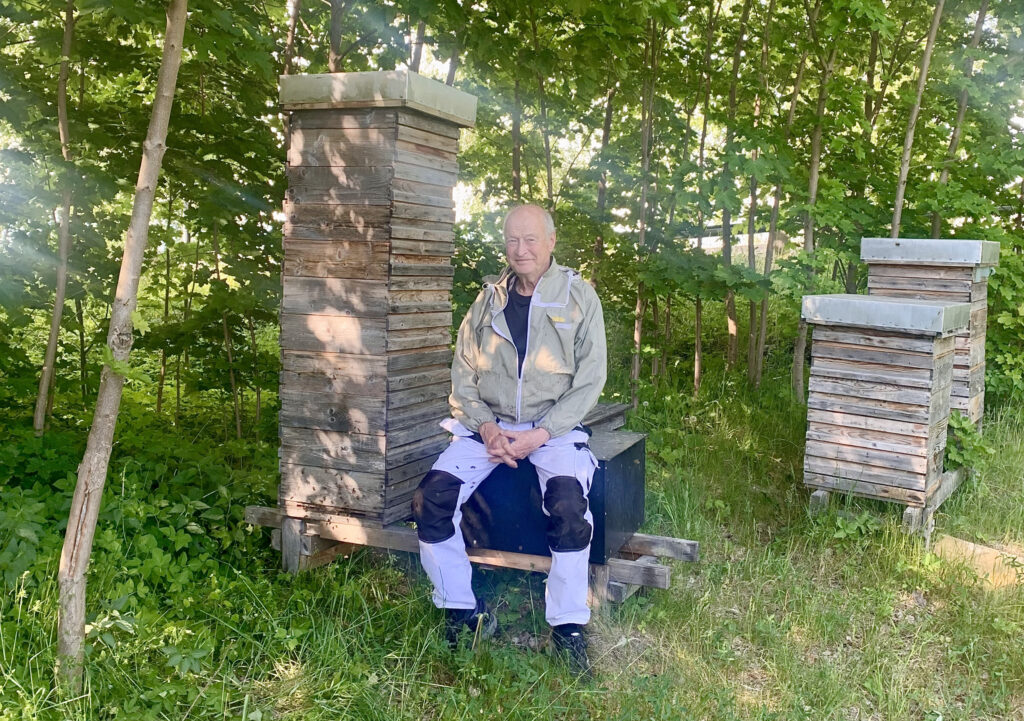Variations in the good ratings
I have only seen a few isolated varroa mites, despite breaking apart a lot of drone brood. I have only seen occasional wing-damaged bees, then only in 1-2 colonies that had a large brood cluster in relation to their number of bees and some time after a cold snap in the spring after a short period of warm weather, probably chilled brood.
I have relatively fewer weak colonies that in the spring fall behind in development, then mostly colonies with aged queens or new ones that seem poorly mated the year before. You can never get away from that.
I have never seen so fast developed of the colonies as this spring, almost as strong development I could see before the varroa came.
Possibly the varroa still causes problems in a few communities, but I actually can’t see which ones. I do not dare to say that varroa does not cause any problems anymore in my beekeeping.
I owe a lot to my neighboring beekeepers’ fervor for treatment-free bees. Good drones are in surplus in the air in the afternoons with the help of my neighbor beekeepers.
Harvests have always been good, but vary between apiaries in the first place, but also between colonies of course.
The mother colony of the skyscraper colony in the picture was similar to this one, explosive development, no swarming, high yield, but you had to use the smoker too much for my taste. I made an split with a one whole square brood box of shallow Langstroth that I moved to another apiary. They had to make a new queen themselves. The young queen was mated in the new apiary. The temperament became much better. The explosion development was similar to the mother colony. I don’t really want bee colonies as large as the biggest here. More than a total of 9 square shallow boxes would cause me too much work.

The other two colonies in the picture were much smaller through the winter, had slower spring build up, no smoke or protective equipment needed. The harvest is not as big of course. No varroa observed at all, but they must be there somewhere. The colonies on the right are sisters, mated in this apiary too and are of course much more easy to handle.
Bees are healthier for each year passing by since the removal of varroa chemicals (despite being organic). Easier management and less contamination. You can make it a reality to!
Dear Eric,
nice to hear that you do not have to treat your bees at all and that things went so positive. I’m glad about your success. It took a lot of time and effort….
With this success and your written contributions you did and do a lot of good things to the nature and bee keeper community. You proved that it works and communicated how. Keeping bees treatment free is something that Brother Adam already requested and for me is a must, rather then interfering and controlling everything as a human…
Best regards,
Rüdiger